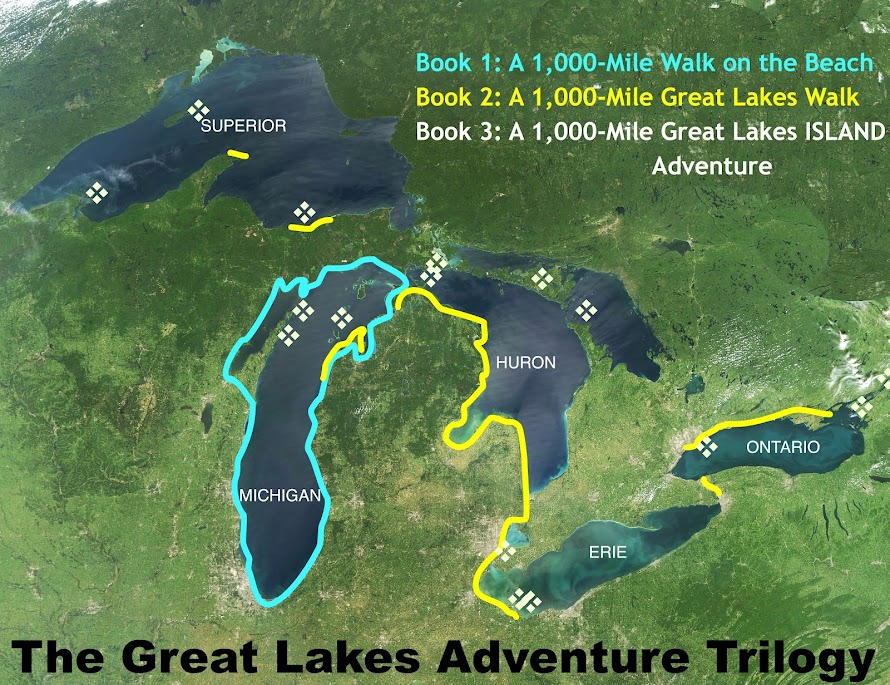Loreen Niewenhuis is an author, adventurer, and dynamic speaker.
She has completed a trilogy of 1,000-mile journeys exploring the Great Lakes and has authored three books about these adventures.
To learn more about her work, or to engage her as a speaker, go to
http://www.laketrek.com/great-lakes-speaker/
These trees are the preferred feast for the wooly adelgid. They congregate on the underside of the needles and suck the sap out of the tree. The needles turn brown and new growth is inhibited. Infested trees can die within 4-10 years.
Trees can be treated with pesticide and can be saved if infestation is caught early.
Severe winters helped to slow the spread of this pest.
Update (info from NPS): Though the tiny insects don’t move far on their own, they can be blown by wind or hitchhike on birds or mammals – including humans - that come into contact with an infested branch. In a similar way, cars, boats, tents, or RVs parked under infested trees may be able to transport the insects to new locations.
So, clean your boots and NEVER transport wood from one area to another.












